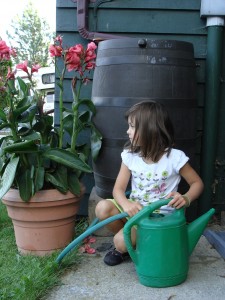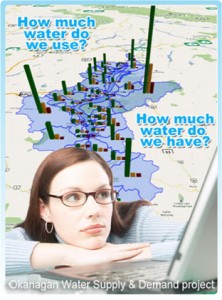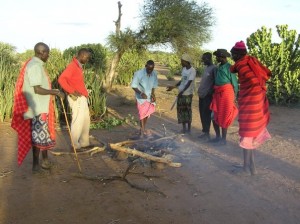“Do not compute the totality of your poultry population until all the manifestations of incubation have been entirely completed.” – William Jennings Bryan
I’m calling 2012 “the year of weddings and babies” – there are dozens popping up on my facebook. It’s also the year of the dragon, and my friend from China says many couples purposely plan and wait to have “dragon babies.” There’s a feeling of exuberance in the air.
And so, with celebration, the population grows. Much has been written about global carrying capacity, but we are human, here and now.
Where will everyone live? Some are moving here – BC Stats says 45% more for the Central Okanagan by 2036 – maybe 70,000 or 80,000 new people. Other regional districts may grow more slowly, but this seems like a good proxy for growth up and down the urban core of the valley.
It’s a beautiful place to be. We actively try to attract young families and workers; and the retirees come with little coaxing. It’s part of a great global migration.
And what about the water? This year there is no lack of rain, but it always pays to be thoughtful about essential resources. As we have more people, we’ll need more clean drinking water, and more fresh fruit and vegetables.We’ll have more neighbours to feel the effects of floods and shortages, and more of us will be out hiking and biking in the watershed. We’ll have bigger demands for lumber and gravel, more boats on the lake, more everything. Continue reading





